Agra, a city in Uttar Pradesh, India, is synonymous with the iconic Taj Mahal, known as a symbol of eternal love. Millions of tourists visit Agra every year to witness the grandeur of this breathtaking architectural marvel. However, there is much more to Agra than just the Taj Mahal. The city is home to several other historical landmarks that offer a glimpse into the rich Mughal heritage of the region. In this blog, we will take a closer look at Agra Fort, Fatehpur Sikri, Akbar’s Tomb, and Itmad-ud-Daulah’s Tomb, each showcasing unique architectural brilliance and historical significance. Explore beyond the Taj Mahal and delve into the treasures of Agra.
The Taj Mahal: A Symbol of Eternal Love

The Taj Mahal, located in Agra, India, is not just a magnificent architectural marvel but also a symbol of eternal love. Built by Emperor Shah Jahan in memory of his beloved wife, Mumtaz Mahal, the Taj Mahal stands as a testament to their love and devotion. This white marble mausoleum is renowned for its exquisite craftsmanship, intricate designs, and symmetrical beauty. Its mesmerizing beauty and poignant history have made it an enduring symbol of love and a UNESCO World Heritage Site. Every year, millions of visitors are captivated by the ethereal charm of the Taj Mahal and its timeless message of love.
Exploring Beyond the Taj Mahal
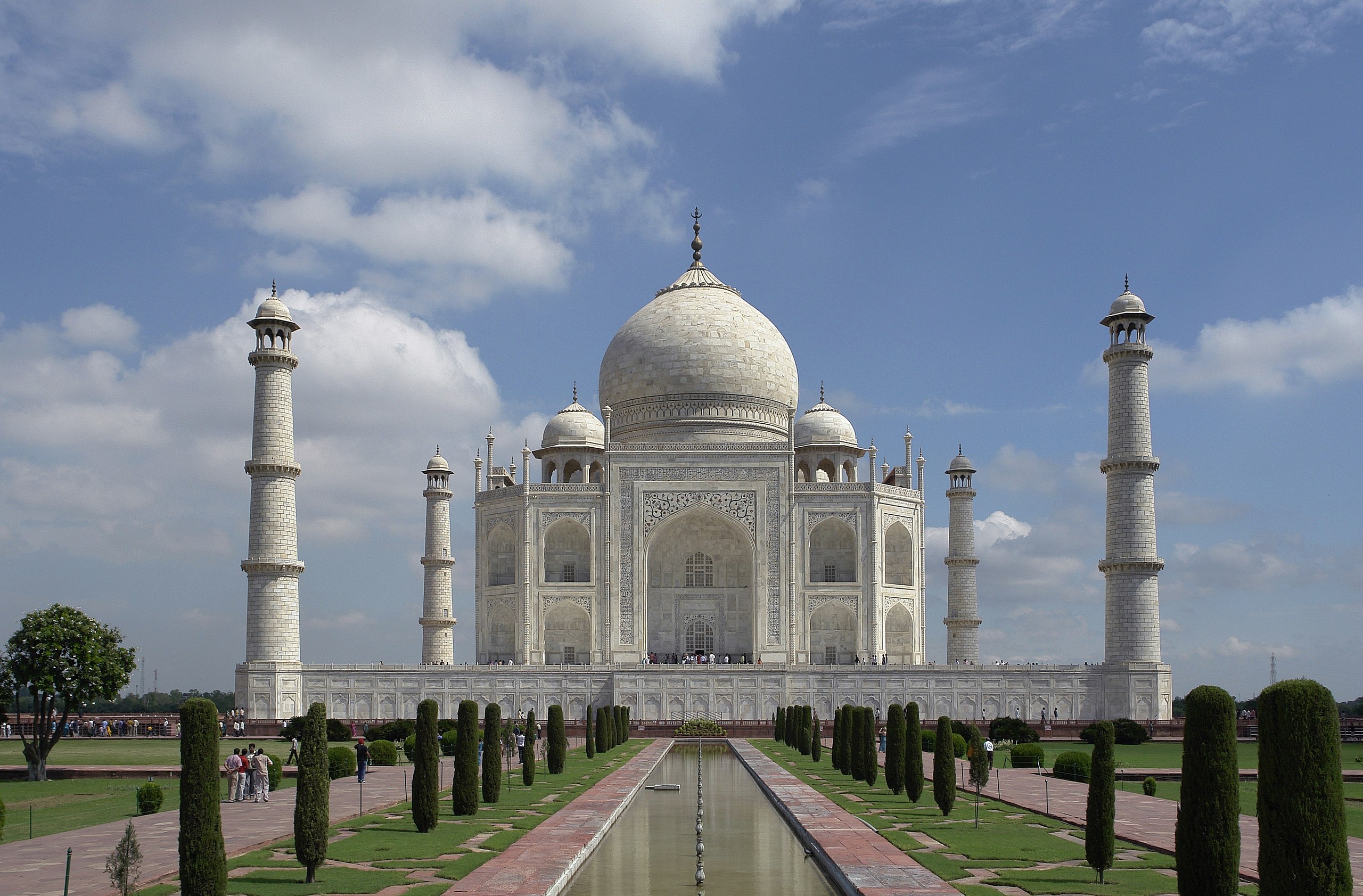
Exploring Beyond the Taj Mahal allows visitors to discover the rich history and architectural wonders of Agra. One must not miss the opportunity to explore the Agra Fort, a magnificent fortress that offers a glimpse into the grandeur of the Mughal Empire. Another must-visit is Fatehpur Sikri, an abandoned city that showcases exquisite architectural marvels. Additionally, Akbar’s Tomb and Itmad-ud-Daulah’s Tomb provide insights into the Mughal dynasty and boast unique features and intricate designs. To make the most of the visit to Agra, it is advisable to plan an itinerary that includes these enchanting destinations.
Agra Fort: A Window to the Mughal Empire

Agra Fort serves as a window to the glorious era of the Mughal Empire. Constructed with red sandstone and boasting impressive architectural features, the fort stands as a symbol of power and grandeur. It played a vital role in the Mughal dynasty and witnessed the rise and fall of various emperors. Inside the fort, visitors can explore magnificent palaces, including the stunning Jahangir Mahal and the elegant Khas Mahal. The fort’s strategic location offers breathtaking views of the Taj Mahal, making it a must-visit destination for history and architecture enthusiasts.
History and Architecture of Agra Fort
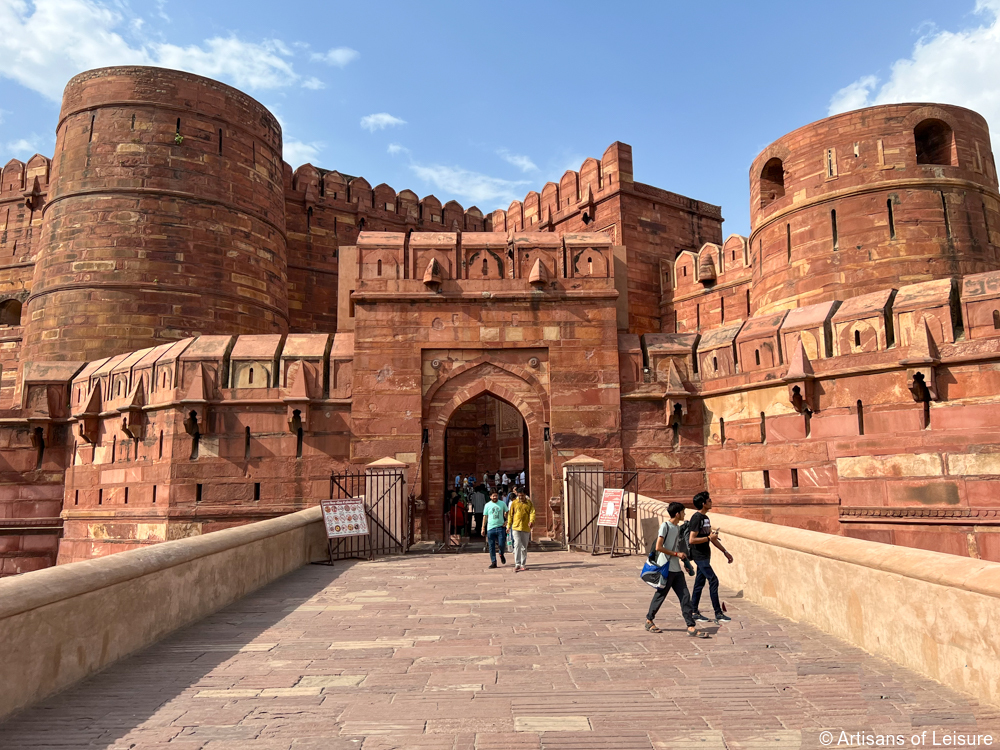
Agra Fort has a rich history that dates back to the 11th century. It was initially a brick fort built by the Rajputs and later captured by the Mughals. The fort underwent significant expansion and renovations under the reign of Emperor Akbar, who transformed it into a grand sandstone structure. The fort’s architecture showcases a blend of Islamic, Persian, and Hindu elements, reflecting the diverse influences of the Mughal Empire. The intricate carvings, majestic gateways, and impressive palaces within the fort exemplify the opulence and architectural prowess of the Mughals.
Must-See Attractions within Agra Fort
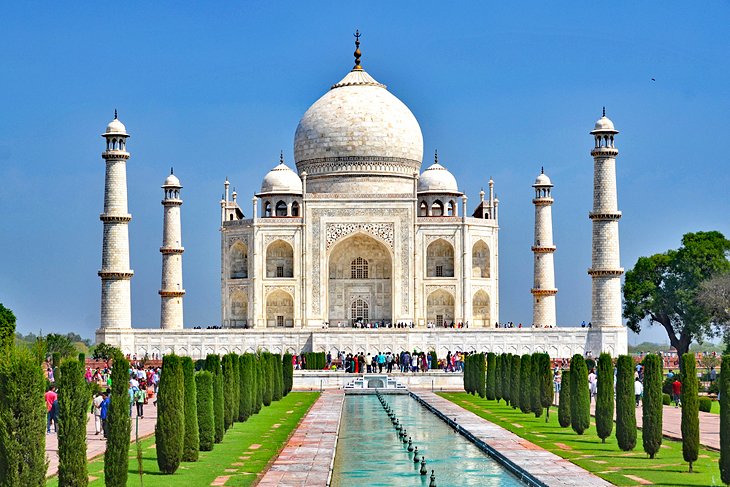
Within the sprawling Agra Fort, there are several must-see attractions for visitors to explore. One of the highlights is the Diwan-i-Aam, or the Hall of Public Audience, where Emperor Shah Jahan would address his subjects. Another must-visit spot is the Diwan-i-Khas, or the Hall of Private Audience, which is adorned with intricate marble work and was used for private meetings. The Khas Mahal, with its beautiful white marble facade and ornate decorations, is another must-see attraction. Additionally, the Anguri Bagh, or Grape Garden, and the Musamman Burj, a beautiful octagonal tower, offer stunning views of the Taj Mahal.
Fatehpur Sikri: The Abandoned City of Grandeur

Fatehpur Sikri, located just outside of Agra, is a fascinating glimpse into the grandeur of the Mughal Empire. Built by Emperor Akbar in the late 16th century, this UNESCO World Heritage Site was once a thriving capital city. However, it was mysteriously abandoned soon after its completion. Today, visitors can explore the well-preserved structures and marvel at the intricate architecture, including the Buland Darwaza, Jama Masjid, and Panch Mahal. The city’s vibrancy and splendor still resonate within its deserted walls, making Fatehpur Sikri a must-visit attraction for history enthusiasts and architectural aficionados.
The Story behind Fatehpur Sikri

The story behind Fatehpur Sikri begins with Emperor Akbar, who desired to create a new capital city in the honor of Sufi saint Sheikh Salim Chishti. Construction of the city began in 1571 but came to a sudden halt after only 15 years, due to water scarcity in the area. Despite its short-lived existence as a capital, Fatehpur Sikri showcases some of the finest examples of Mughal architecture. The city’s abandonment remains a mystery, but its historical significance and architectural marvels continue to captivate visitors to this day.
Architectural Marvels of Fatehpur Sikri
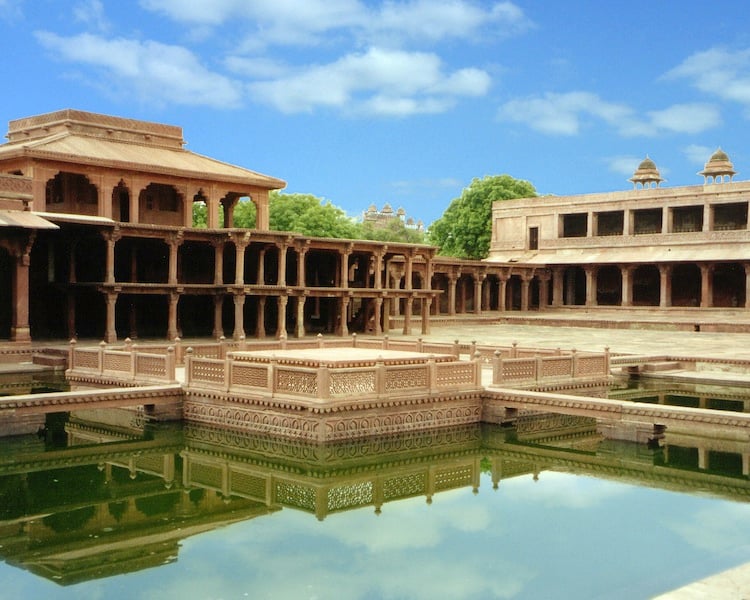
Fatehpur Sikri boasts some of the most exquisite architectural marvels of the Mughal era. The city showcases a unique blend of Persian, Islamic, and Hindu architectural styles, creating a stunning fusion of aesthetics. One of the highlights is the Jama Masjid, a grand mosque with intricate carvings and a central courtyard that can accommodate thousands of worshippers. The Diwan-i-Khas, or Hall of Private Audience, features elegant columns and a marble throne for Emperor Akbar. The palace complex, including the Panch Mahal and the Buland Darwaza, showcases impressive craftsmanship and grandeur. Visitors are left in awe of these majestic structures that stand as a testament to the architectural genius of the Mughal dynasty.
Akbar’s Tomb: The Resting Place of the Great Emperor

Akbar’s Tomb, located in Sikandra, Agra, is the final resting place of the great Mughal emperor, Akbar. Built in the 17th century, this magnificent mausoleum is a testament to Akbar’s grandeur and architectural vision. The tomb features a blend of Hindu, Islamic, and Persian architectural styles, showcasing intricate carvings, marble inlays, and expansive gardens. The tomb complex also houses the tomb of Mariam-uz-Zamani, Akbar’s wife. Visitors can explore the beautiful gardens surrounding the tomb and marvel at the intricate craftsmanship that pays tribute to the legacy of Akbar the Great.
Significance and History of Akbar’s Tomb

Akbar’s Tomb holds significant historical and cultural importance. It is the final resting place of Emperor Akbar, a revered Mughal ruler known for his progressive policies and religious tolerance. The construction of the tomb began during Akbar’s reign and was completed in 1613 by his son, Jahangir. The tomb reflects the architectural brilliance of the Mughal era, blending elements of Hindu, Islamic, and Persian styles. The tomb’s grandeur pays tribute to Akbar’s legacy and serves as a symbol of his power and achievements. It stands as a testament to the rich history of Agra and the Mughal Empire.
Unique Features and Architecture of Akbar’s Tomb
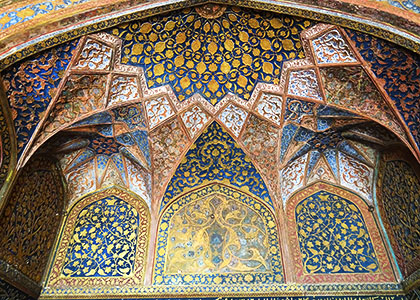
Akbar’s Tomb exhibits unique architectural features that set it apart from other Mughal structures. The tomb is built on a vast platform, surrounded by beautiful gardens and a marble enclosure. The main mausoleum is constructed from red sandstone, adorned with intricate marble inlays and Quranic inscriptions. The tomb’s four minarets, known as chhatris, are an architectural marvel, showcasing a fusion of Mughal and Persian styles. The cenotaph of Emperor Akbar lies in the basement, while the ground floor houses his actual grave. The tomb’s symmetrical layout and exquisite detailing make it a remarkable example of Mughal architecture.
Itmad-ud-Daulah’s Tomb: The Jewel Box of Agra
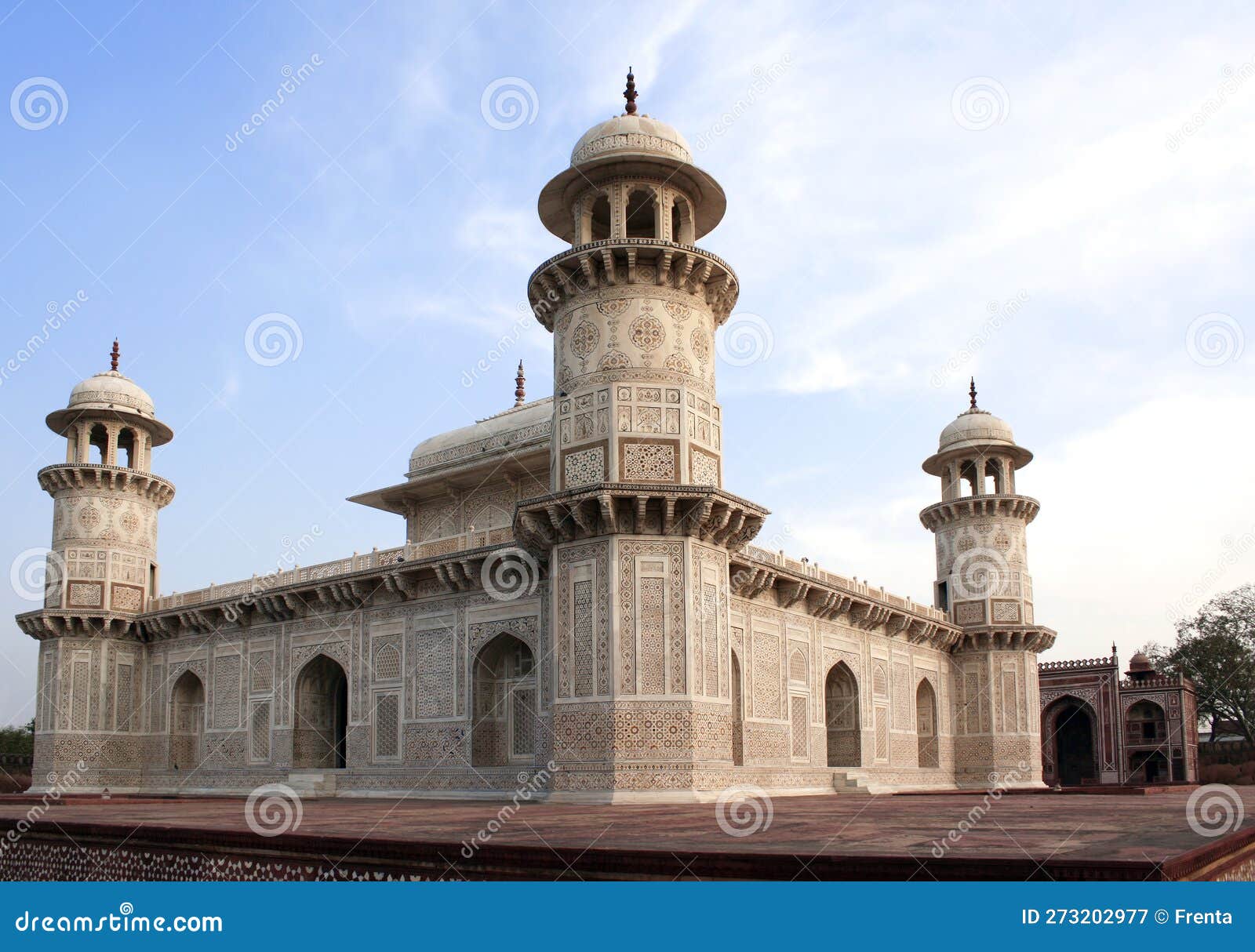
Itmad-ud-Daulah’s Tomb, also known as the Baby Taj, is a hidden gem in Agra that mesmerizes visitors with its exquisite beauty. This pristine white marble mausoleum was built by Empress Nur Jahan in memory of her father, Itmad-ud-Daulah. The tomb’s intricate design and delicate marble carvings make it a true masterpiece. Its unique blend of Persian and Mughal architectural styles is a sight to behold. The intricate inlay work, beautiful gardens, and serene ambiance make Itmad-ud-Daulah’s Tomb a true jewel in the city of Agra.
History and Importance of Itmad-ud-Daulah’s Tomb
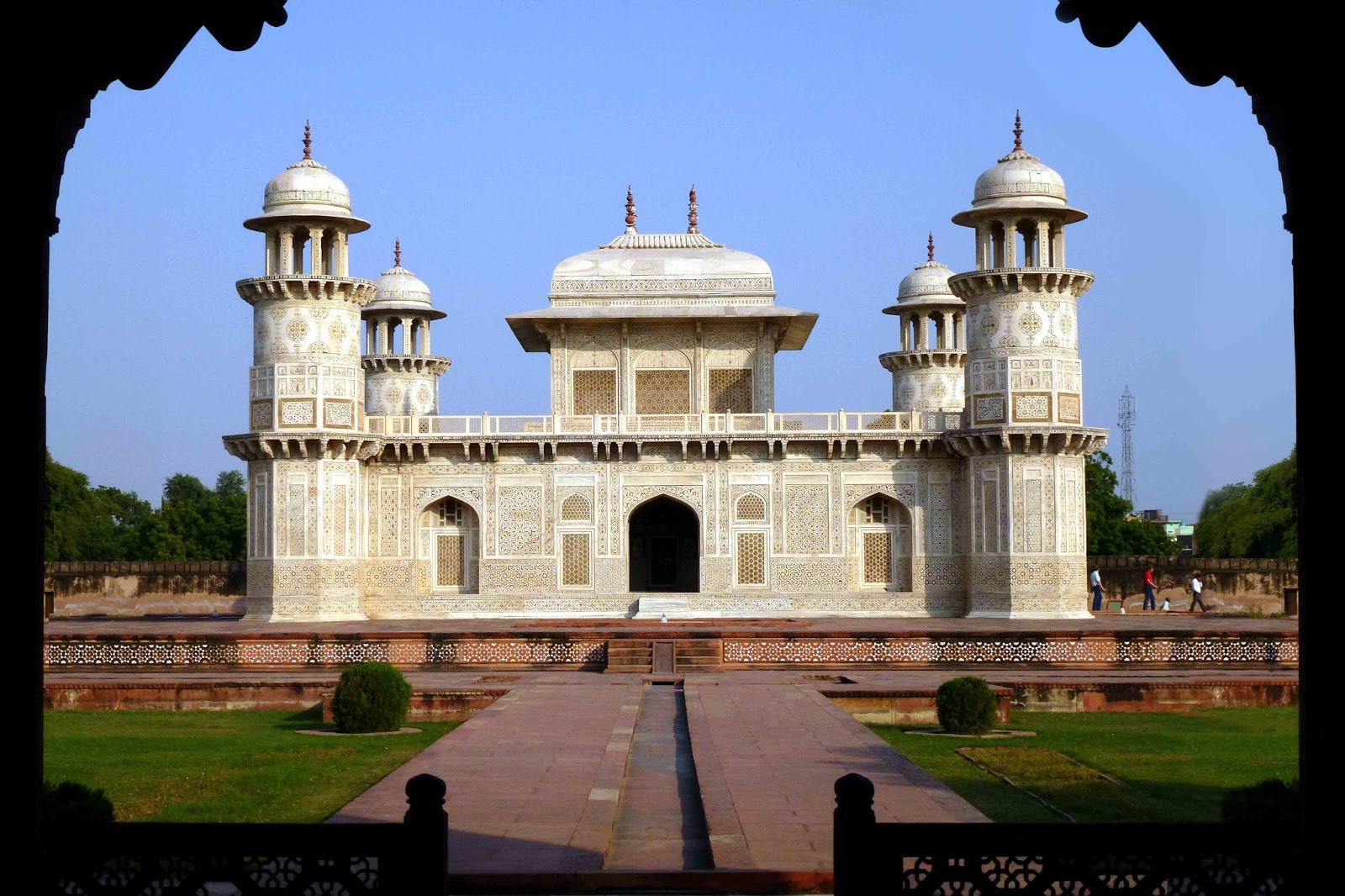
The history of Itmad-ud-Daulah’s Tomb dates back to the 17th century when Empress Nur Jahan, the wife of Mughal Emperor Jahangir, commissioned its construction. This magnificent mausoleum holds great importance as it is considered to be a precursor to the Taj Mahal. It is said to be the first Mughal structure in India to be made entirely of marble. The tomb’s significance lies in its architectural and artistic brilliance, setting the stage for the grandeur of the later Mughal monuments. Itmad-ud-Daulah’s Tomb stands as a testament to the rich history and cultural heritage of Agra.
Intricate Design and Artistry of Itmad-ud-Daulah’s Tomb

The Itmad-ud-Daulah’s Tomb is renowned for its intricate design and exquisite artistry. The tomb features delicate marble carvings, intricate stone inlays, and beautiful floral motifs. The intricate jaali work (lattice screens) add to the overall charm of the tomb, allowing the play of light and shadow to create a mesmerizing effect. The use of precious and semi-precious stones, such as jasper and onyx, enhances the elegance of the structure. The detailed craftsmanship and attention to detail in the design of Itmad-ud-Daulah’s Tomb make it a masterpiece of Mughal architecture.
Conclusion

Agra is truly a treasure trove of architectural wonders, with its iconic Taj Mahal as the centerpiece. However, beyond the Taj, the city offers a wealth of historical and cultural attractions. From the imposing Agra Fort and the abandoned grandeur of Fatehpur Sikri, to the majestic Akbar’s Tomb and the intricate artistry of Itmad-ud-Daulah’s Tomb, Agra showcases the magnificence of Mughal architecture. Visitors to Agra should not miss the opportunity to explore these remarkable sites and delve into the rich history of the Mughal Empire. With its breathtaking monuments, Agra is undoubtedly a must-visit destination for any lover of history and architecture.
Agra: A Treasure Trove of Architectural Wonders

Agra, home to the magnificent Taj Mahal, is a true treasure trove of architectural wonders. The city’s rich history and Mughal heritage are evident in its impressive monuments and structures. From the grandeur of Agra Fort to the abandoned charm of Fatehpur Sikri, visitors are treated to a fascinating journey through time. Akbar’s Tomb and Itmad-ud-Daulah’s Tomb exhibit intricate design and artistic mastery. Agra’s architectural wonders showcase the brilliance and opulence of the Mughal Empire, making it a must-visit destination for history and architecture enthusiasts alike. Don’t miss the chance to explore these remarkable landmarks and experience the awe-inspiring beauty of Agra.
Tips for Exploring Agra Beyond the Taj Mahal
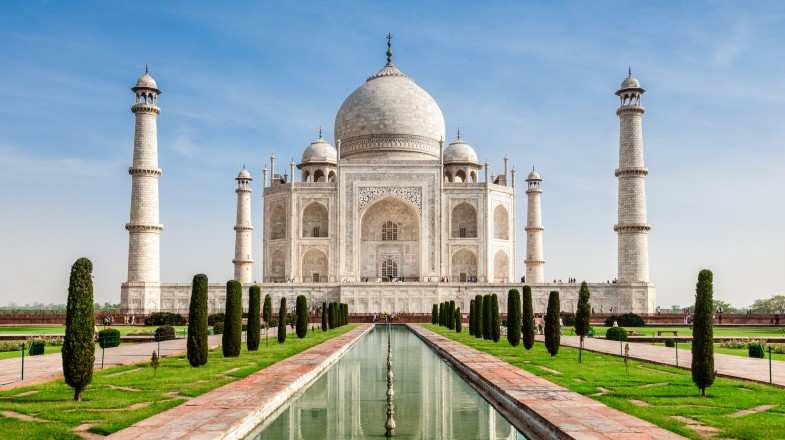
When exploring Agra beyond the Taj Mahal, there are a few tips to keep in mind. Firstly, it is recommended to plan your visit during the early morning or late evening to avoid the crowds and witness the monuments in a more tranquil atmosphere. Secondly, hiring a knowledgeable local guide can greatly enhance your experience and ensure you learn about the history and significance of each site. Lastly, make sure to wear comfortable shoes and carry water and sunscreen as you’ll be doing a fair amount of walking under the sun. By following these tips, you’ll be able to fully immerse yourself in the architectural wonders of Agra.
